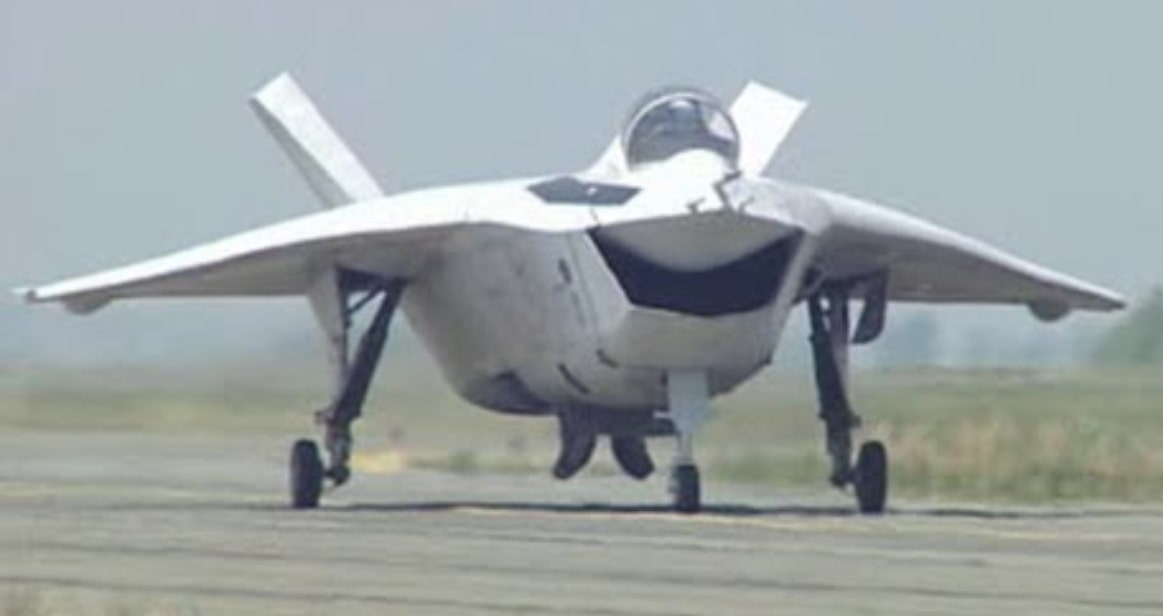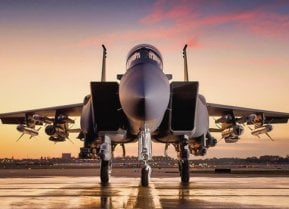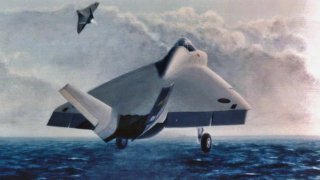X-32 Stealth Fighter: Why Boeing Failed (How the F-35 Was Born)
The Boeing X-32 and Lockheed Martin X-35 were contenders in the competition to become the next Joint Strike Fighter, which was eventually won by Lockheed Martin's F-35. Boeing's X-32 featured two prototypes, the X-32A and X-32B, which demonstrated capabilities such as Mach 1.6 speed, in-flight refueling, and side weapons bay operations.
Summary: The Boeing X-32 and Lockheed Martin X-35 were contenders in the competition to become the next Joint Strike Fighter, which was eventually won by Lockheed Martin's F-35. Boeing's X-32 featured two prototypes, the X-32A and X-32B, which demonstrated capabilities such as Mach 1.6 speed, in-flight refueling, and side weapons bay operations.
-Despite these advancements, Boeing's changing wing designs and other issues led to its defeat. Lockheed's single prototype, the X-35, demonstrated both conventional and vertical take-off and landing, giving it a crucial advantage.
-After losing, Boeing did not contest the decision but instead used its research to enhance other projects like the F/A-18 E/F Super Hornet and the X-45A Unmanned Combat Air Vehicle.
Boeing vs. Lockheed: How the Joint Strike Fighter Competition Shaped Modern Military Aviation
Years ago, both the Boeing X-32 and the Lockheed Martin X-35 were battling to win the right to become the next Joint Strike Fighter. As history notes, Boeing lost to the Lockheed Martin F-35. However, the rivalry between the two airplanes may have improved the design and performance of the F-35 Lighting II.
Should Boeing X-32 Have Made Two Prototypes?
Boeing had two demonstrators – the X-32A and the X-32B. Both flew in 2000 and 2001 on over 140 test flights. They showed off their speed at MACH 1.6, in-flight refueling ability, and side weapons bay operations that could hold six air-to-air missiles. The X-32 originally had a delta wing, but this design was dropped later for a planned conventional wing design for the final F-32, although the new wing model only existed on paper and in mock-ups. The need to change wing designs later hurt the Boeing demonstrators in the competition.
Boeing Had a Shot
There were also improvements to the nose design and cockpit canopy. The X-32B was adept at short-take-off and vertical landing, while the X-32A was able to do conventional take-off and landing and show attributes of carrier approach flights for the navy. The prototypes had a “chin inlet” to improve their speed. Chin inlets also give more air to the turbine which leads to better maneuverability at high angles of attack. The X-32 prototypes showed the Department of Defense early on and that the Boeing model was ready to go and would likely be easier to produce with a less complex design.
Lockheed Had Only One Prototype
Alternatively, the single Lockheed Martin demonstrator could do both conventional take-off and landing and vertical take-off and landing. This was an important requirement for the competition between Boeing and Lockheed Martin. Boeing promised that the final F-32 would be capable of doing both, but the Lockheed Martin X-35 had the advantage of already having the dual take-off and landing capability.

The X-32A and X-32B were heavy at 50,000 pounds and there were concerns in the DOD that it would not have the same amount of thrust as the X-35. Boeing was also late to the game when it came to the wing design. Using two prototypes was also less efficient since the X-35 just had one demonstrator.
Boeing Went Out Quietly After the Loss
Ultimately, Boeing lost the competition. It notably did not sue the DOD for unfair competition or put up much of a fight about the decision. The defense contractor later said that it used the research and development from the X-32A and X-32B to help the F/A-18 E/F Super Hornet program and stealth attributes assisted in devising the X-45A Unmanned Combat Air Vehicle demonstrator concept.

About the Author
Brent M. Eastwood, PhD, is the author of Humans, Machines, and Data: Future Trends in Warfare. He is an Emerging Threats expert and former U.S. Army Infantry officer.


